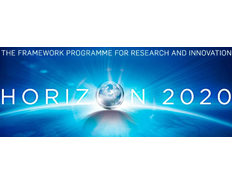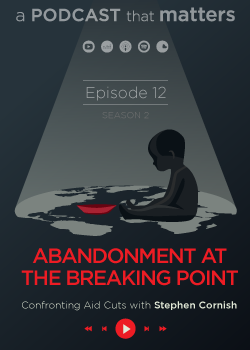Print

Environmentally best practices and optmisation in hydraulic fracturing for shale gas/oil development: BESTOFRAC
Details
Locations:China, Ecuador, Germany, Italy, Netherlands, UK, Vietnam
Start Date:Jan 1, 2017
End Date:Dec 31, 2020
Contract value: EUR 1,930,500
Sectors: Energy, Research
Description
Programme(s): H2020-EU.1.3.3. - Stimulating innovation by means of cross-fertilisation of knowledge
Topic(s): MSCA-RISE-2016 - Research and Innovation Staff Exchange
Call for proposal: H2020-MSCA-RISE-2016
Funding Scheme: MSCA-RISE - Marie Skłodowska-Curie Research and Innovation Staff Exchange (RISE)
Grant agreement ID: 734370
Objective
This research brings together the complementary expertise of our consortium members to gain a better understanding of the physics in hydraulic fracturing (HF) with the final goal to optimize HF practices and to assess the environmental risks related to HF. This requires the development and implementation of reliable models for HF, scaled laboratory tests and available on-site data to validate these models. The key expertise in our consortium is on modelling and simulation of HF and all partners involved pursue different computational approaches. However, we have also some partners in our consortium which focus on scaled laboratory tests and one company which can provide on-site data. The choice of the best model for HF still remains an open question and this research promises to quantify uncertainties in each model and finally provide a guideline how to choose the best model with respect to a specific output parameter. The final objective is to employ these models in order to answer some pressing questions related to environmental risks of HF practices, including
1. How does HF interact with the natural fractures that intersect the shale seam?’
2. How does the fracture network from a previous stage of HF treatment affect the fracture network evolution in succeeding, adjacent stages?
3. What are the requirements to constrain fractures from propagating to the adjacent layers of confining rock?
The exchange and training objectives are to:
4. Enhance the intersectoral and interdisciplinary training of ERs and ESRs in Computational Science, Mining Geotechnics, Geomechanics, Modeling and Simulation
5. Strengthen, quantitatively and qualitatively, the human potential in research and technology in Europe
6. Advance the scientific contribution of women researchers in this area dominated by male
7. Create synergies with other EU projects
8. Enable and support all ESRs/ERs to keep contact with international community in the sense of training and transfer of knowledge

